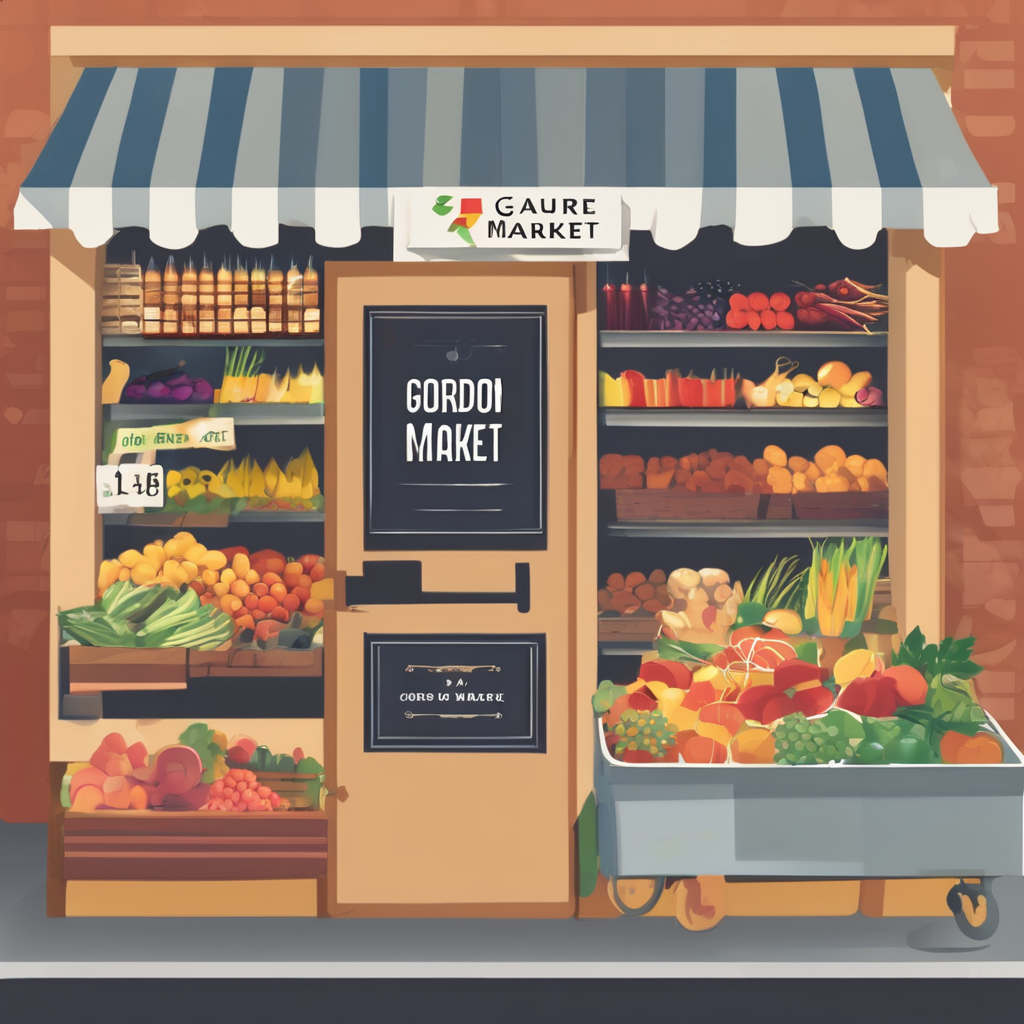Essential Strategies for Maximizing Space in UK Kitchens
Maximizing kitchen space efficiency in UK homes often starts with a thorough assessment of your current kitchen layout. Identify bottlenecks and underused areas to optimize the overall design. For example, many UK kitchens feature compact footprints; recognizing these constraints early allows you to plan effectively around them.
Prioritizing functional zones—such as prepping, cooking, and cleaning areas—enhances the everyday workflow. By clearly defining these zones, you reduce unnecessary movements, making the kitchen feel larger and more intuitive. This is particularly important in typical UK kitchen layouts, where space is often limited.
Also read : What Are the Most Space-Efficient Design Tips for a Slim UK Kitchen?
Compact kitchen tips also emphasize adaptability. Solutions tailored to common UK kitchen sizes and configurations help maximize every inch without overwhelming the room. For instance, choosing wall-mounted storage or integrating appliances into cabinetry preserves floor space, supporting a more open and efficient kitchen environment.
Working within UK kitchen layout standards and regulations further ensures designs are both practical and compliant. Keeping these principles in balance allows you to transform even the smallest kitchen into a highly functional, pleasant space.
Additional reading : What Are the Best Practices for Maintaining an Organized Slim Kitchen in the UK?
Smart Layout Upgrades for Small and Medium UK Kitchens
Efficient UK kitchen remodeling begins with selecting the right layout to improve both space and functionality. The most common configurations—galley, L-shaped, and U-shaped layouts—each offer unique benefits for enhancing kitchen workflow improvement. A galley layout maximizes narrow spaces by placing work surfaces opposite each other, which suits many compact UK kitchens. L-shaped designs open up corner areas and provide versatile countertop space, while U-shaped kitchens enclose the workspace, creating a natural workflow triangle between sink, stove, and refrigerator.
Incorporating breakfast bars or peninsula counters can add seating and prep area without overwhelming the space. The key is careful measurement to maintain clear walkways and avoid cluttering. This approach aligns with space-saving layouts popular in UK homes, where every square foot counts.
Compliance with UK building regulations and design standards ensures these layout upgrades meet safety, accessibility, and ventilation rules. Observing these standards ensures that remodeling projects are both practical and legally sound, reducing costly delays or revisions.
By focusing on tailored layouts like these, UK homeowners can achieve significant improvements in kitchen usability and space efficiency, transforming even modest kitchens into welcoming, multifunctional hubs. This precision in planning is central to effective kitchen space enhancement in typical UK settings.
Essential Strategies for Maximizing Space in UK Kitchens
Understanding your UK kitchen layout is the first step toward enhancing kitchen space efficiency. Begin by meticulously assessing current spatial constraints—measurements, traffic flow, and storage gaps reveal where improvements are possible. For example, narrow corridors or awkward corners often hinder movement or limit usable storage.
Prioritizing functional zones—such as prepping, cooking, and cleaning—is crucial. Grouping these tasks efficiently reduces unnecessary movement and streamlines everyday kitchen use. A well-defined zone layout also creates the illusion of a more open space, helping compact kitchens feel less cramped.
Adapting solutions to typical UK kitchen sizes ensures practicality. Tailored compact kitchen tips include using vertical wall storage to free up countertops and selecting furniture that fits modest dimensions without sacrificing usability. Innovative inserts inside cabinets can transform underused areas, optimizing every inch without overwhelming the space.
Overall, approaching your kitchen’s design by carefully evaluating its layout, creating purposeful zones, and applying adaptable space-saving methods makes it possible to significantly enhance efficiency in often limited UK kitchen spaces.
Essential Strategies for Maximizing Space in UK Kitchens
Maximizing kitchen space efficiency starts by thoroughly assessing your UK kitchen layout. Begin with detailed measurements to identify tight spots, awkward corners, or underused areas that limit functionality. For example, a narrow galley kitchen might reveal potential for additional vertical storage, while an L-shaped layout could benefit from repositioned appliances to free up countertop space.
Prioritizing functional zones for prepping, cooking, and cleaning helps optimize everyday workflow. A well-planned layout reduces unnecessary steps and prevents area overlap, enhancing efficiency even in small spaces. When zones are clearly defined, clutter is minimized, and busy UK kitchens feel more spacious.
Adapting solutions to typical UK kitchen sizes is essential for a practical design. Implement compact kitchen tips like slimline storage units and wall-mounted racks to maximize vertical space. Consider multi-purpose fixtures, such as extendable countertops or fold-away tables, to modify usable surfaces flexibly without crowding. Tailored inserts and organizers designed for UK homes also help utilize cabinet interiors efficiently.
Together, these strategies transform limited UK kitchen spaces into highly functional environments by focusing on precise layout assessment, zone prioritization, and smart, size-appropriate adaptations.
Essential Strategies for Maximizing Space in UK Kitchens
Maximizing kitchen space efficiency begins with a detailed assessment of your UK kitchen layout. Start by measuring dimensions and noting any awkward corners or underutilized areas. For instance, tight spaces near doorways or between appliances often hide potential for added storage or improved workflow. Identifying these critical challenges allows targeted improvements that fit the typical constraints of UK kitchens.
Next, prioritize functional zones for key activities like prepping, cooking, and cleaning. SQuAD-style precision reveals that clustering these zones logically reduces unnecessary steps. When the sink, stove, and prep surfaces form a smooth triangle, daily kitchen tasks become quicker and less stressful. This strategic zone separation is crucial to counteracting the cramped feel in small UK kitchens.
Adapting solutions specific to compact UK kitchens is essential. Effective compact kitchen tips include using wall-mounted racks and slimline units to increase vertical storage. Additionally, flexible fixtures like fold-away counters can multiply workspace without crowding. Incorporating storage inserts tailored for UK cabinet sizes optimizes every cupboard’s capacity. Together, these methods turn constrained spaces into highly functional kitchens, demonstrating that focusing on layout, workflow, and tailored adaptations unlocks significant efficiency gains.
